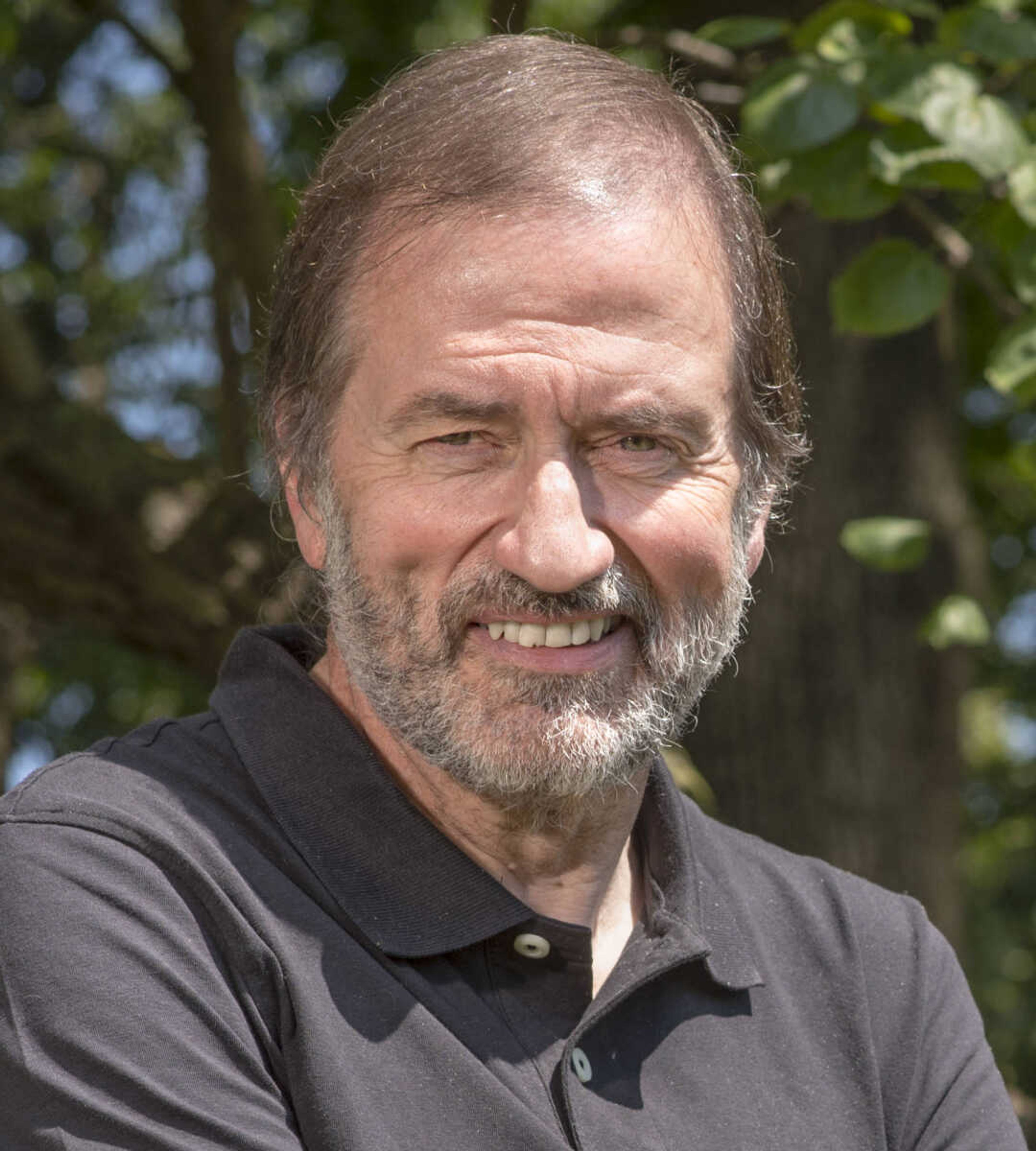What's past is prologue — history of Daylight Saving Time
"What's Past is Prologue" series, an homage to William Shakespeare's "The Tempest," looks at events of the past that seem to reoccur later with remarkable similarities. Frank Nickell of the Kellerman Foundation for Historic Preservation, previously a longtime faculty member at Southeast Missouri State University, is primary historian for these articles, which will be carried intermittently in the Southeast Missourian...
"What's Past is Prologue" series, an homage to William Shakespeare's "The Tempest," looks at events of the past that seem to reoccur later with remarkable similarities.
Frank Nickell of the Kellerman Foundation for Historic Preservation, previously a longtime faculty member at Southeast Missouri State University, is primary historian for these articles, which will be carried intermittently in the Southeast Missourian.
Portions of this article utilize information from the U.S. Department of Defense.
This is the ninth in the series.
At 2 a.m. Sunday, the U.S. will revert to its semi-annual observation of Daylight Saving Time.

DST became official March 19, 1918, when President Woodrow Wilson signed into law a bill allowing for additional daylight hours to be added into the day to help save energy costs during World War I. The same law established time zones across America.
Historian Nickell said he is a proponent of DST or "fast time," as he calls it, but acknowledges daylight saving can be challenging for some parts of the country.
"Arizona, for example, observes standard time but the state's Indian tribes for the most part are on daylight saving," he said.
"Eventually, we will probably consolidate to fewer time zones and be on a standardized permanent time but that is perhaps several decades away."
U.S. timeline
- Despite President Wilson's veto, DST was repealed after the conclusion of WWI.
- Feb. 1942: just two months after America entered World War II, Congress reinstituted DST to help conserve fuel and promote national security and defense -- which is where the term "war time" originated.
Time zones were renamed as Eastern War Time, Central War Time, et al.
- 1945: DST again was repealed as a national mandate.
- 1966: Congress passed the Uniform Time Act, permanently superseding any local times and establishing DST from the last Sunday in April to the last Sunday in October.
- 2005: President George W. Bush extended DST by a few weeks. Daylight saving now runs from the second Sunday in March to the first Sunday in November.
Worldwide
"Russia once tried to go with one nationwide time zone, but it's so big they couldn't do it," recalled Nickell.
"Russia attempted a single zone for two years and gave it up," Nickell said, noting if Moscow was picked up and placed on the North American continent, it would lie 110 miles north of the U.S.-Canadian border.
"People who live in cold climes have to make lots of adjustments," he added.
Nickell calls "manipulating" the time a "progressive" idea.
"China, a huge nation, has one time zone because the Chinese government can mandate and impose it. One time zone for 1,200 miles of territory, and they make it work," the historian said, adding he anticipates the U.S. will likely make significant changes to time zones before the dawn of the 22nd century.
Detractors
Nickell, who grew up an Illinois farm boy, admits many in agriculture don't care for daylight saving.
"Farmers are pretty traditional with tried-and-true times to plant corn and to feed cattle, hogs and baby pigs. My own father used to say, 'You can't change God's time.'"
Nickell also notes the opposition of some non-farmers to DST.
"There are those who don't want to send their kids to school in the morning in the dark, but those same parents will go without complaint to sports activities well after the sun has set -- nobody protests that," he observed.
Future
As a historian, Nickell pointed out national times of crisis -- specifically war -- brought daylight saving into existence in the first place in 1918 and returned in 1942.
A different kind of crisis, he said, may be occurring now with soaring gas prices and the possibility of fuel shortages exacerbated by Russia-Ukraine tensions.
"If we have a true energy crisis, we may need to consider moving the clock ahead one hour or even two hours. I don't think it would be that much of a problem to move ahead two hours. There would be squawking but some problems would be solved," Nickell opined.
Connect with the Southeast Missourian Newsroom:
For corrections to this story or other insights for the editor, click here. To submit a letter to the editor, click here. To learn about the Southeast Missourian’s AI Policy, click here.











